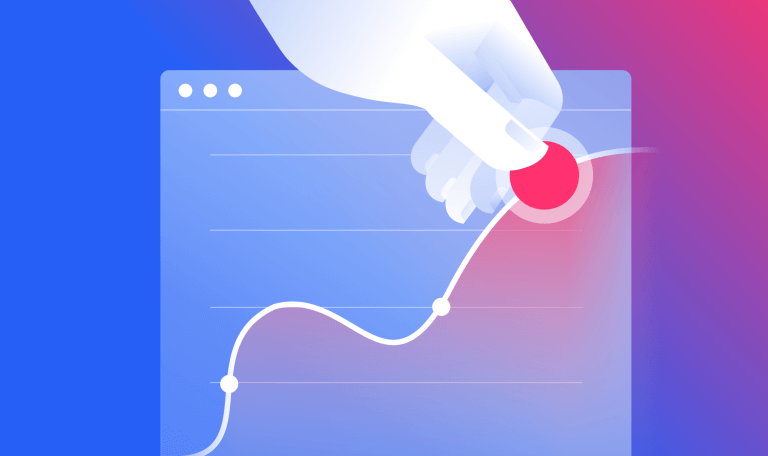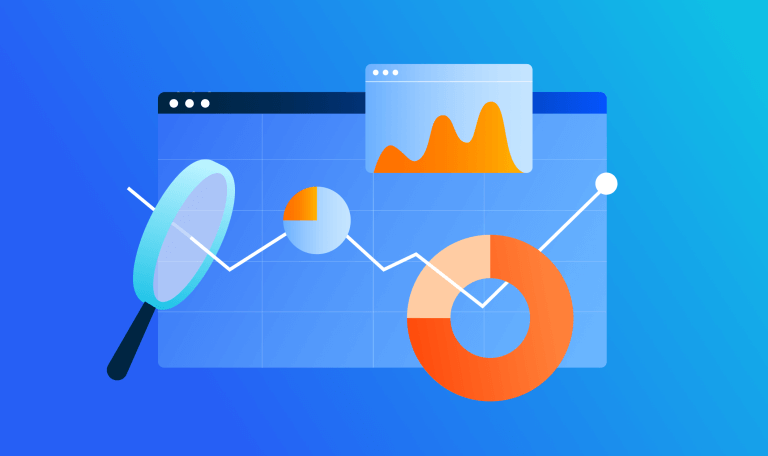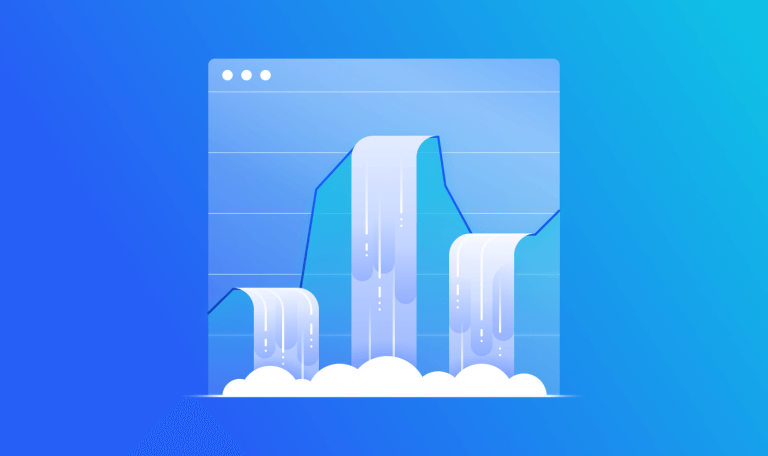What App Usage Patterns Mean for Online Marketers: Case Study with ‘Religious’ Apps

Earlier this week we released our App Engagement feature for SMB, which allows you to gain insight into the true value of any app with a value-driven measurement that goes beyond install volume and store rank. Now we’re going to be diving deep into one of App Engagement’s most valuable features – usage patterns. We’re talking about when users are most active, and how marketing professionals can use this information to their advantage.
What are Usage Patterns, and How Do they Reflect App Engagement?
Simply put, usage patterns show you when a particular app is being used during the day, highlighting the hours when users are most active. The Usage Patterns tab displays data based on the local time zone of each user and is calculated by the monthly average sessions for each hour of the day. With Usage Patterns, you’ll be able to see the days and hours of the week that your audience – or the audience of a specific app or app category – is the most engaged.
You can use the Benchmark filters to analyze an app’s engagement and compare it against a specific category average or leader board. You can also see the average usage pattern for the whole week, or separate by weekdays and weekends.
How Usage Patterns Work: Case Study
We wanted to show just how usage patterns work, so we took two apps where usage patterns are most obvious: The Holy Bible and Al-Quran. Both of these apps belong to the Books & Reference apps category and contain the holy books attributed to their respective religions (Christianity and Islam). We purposely chose free, non-commercial apps in order to fully illustrate usage patterns in their purest form.
First, here’s a look at the Holy Bible app’s usage pattern:
It’s pretty clear from the graph that the users of this app use it mostly in the first part of the day, with usage peaking at 9.25% around 11 am. Many devout Christians pray in the morning, so this is understandable.
Now let’s take a look at the usage pattern for Al-Quran:
By contrast, the Al-Quran usage pattern is characterized by a more even distribution of usage during the day, with five distinctive spikes that correspond to the five times a day Muslims are meant to pray according to the five pillars of Islam.
On both graphs, the green line represents the benchmark to the Top Free Leaderboard of Books & References apps.
When we compare the usage of these two apps by the day of the week, we gain even more insight into user behavior through usage patterns, as on certain days the apps are used more frequently. For Al-Quran these days are Friday and Saturday. For the Bible app, a quarter of all weekly usage time falls on Sunday, which is the Christian Sabbath.
Usage Patterns: Big Benefits for Everyone
We chose these two religious text apps to really drive home the point of how even apps within the same category can have audiences with vastly different usage patterns. Just think of how valuable this type of usage pattern data could be to app developers with commercial intent, such as shopping apps. By uncovering the “Prime Time” of app use for a particular audience, app developers can really dive into their competitor’s user base. And all apps can be benchmarked against industry averages and leaderboards to see the full range of app performance from user engagement.
Advertisers can also benefit from usage patterns, as they can optimize their advertising campaigns by targeting users during the times of day and week that they are most engaged. If you’re researching publisher’s apps, you’ll also know when the most optimal posting times are based on user engagement.
For those in the eCommerce industry, usage patterns provide a valuable template for maximizing conversions through timed push notifications. These can be set up during the times users are most active to inform them about new features, discounts, or deals. There are extensive possibilities for actionable insights from this metric, regardless of what type of app you’re working with.
Ultimately it doesn’t matter which category you fall into, because the insights from Usage Patterns can benefit a wide range of professionals in the marketing industry. Data on usage patterns – and therefore user behavior – will give you a strategic advantage over your competitors and a deeper understanding of any app’s audience.
Track your digital metrics and grow market share
Contact us to set up a call with a market research specialist












